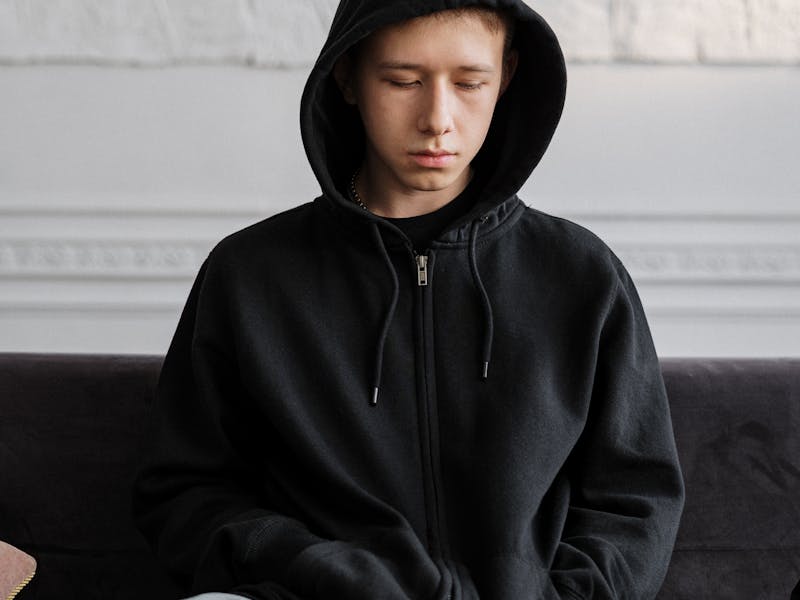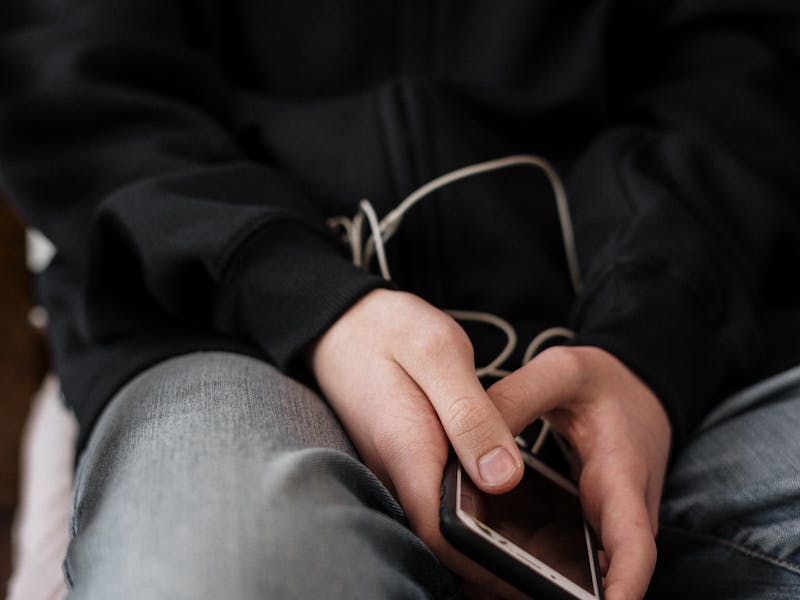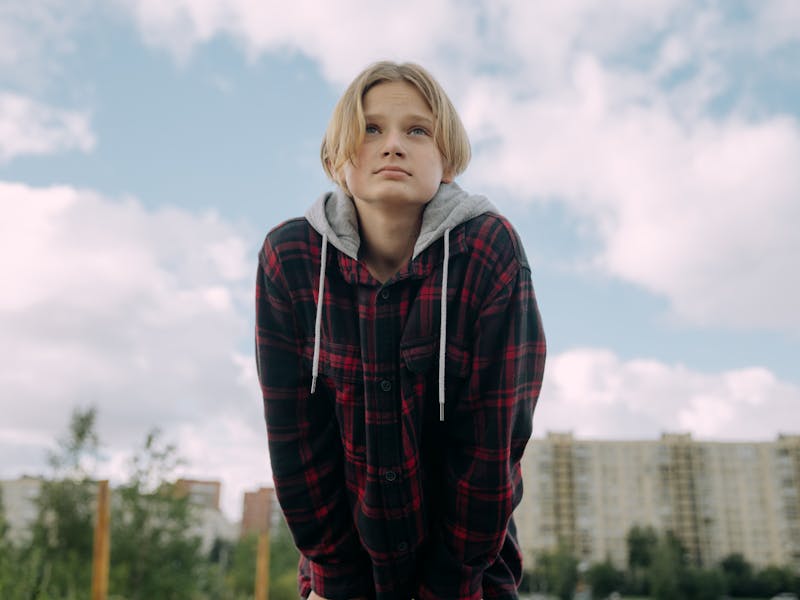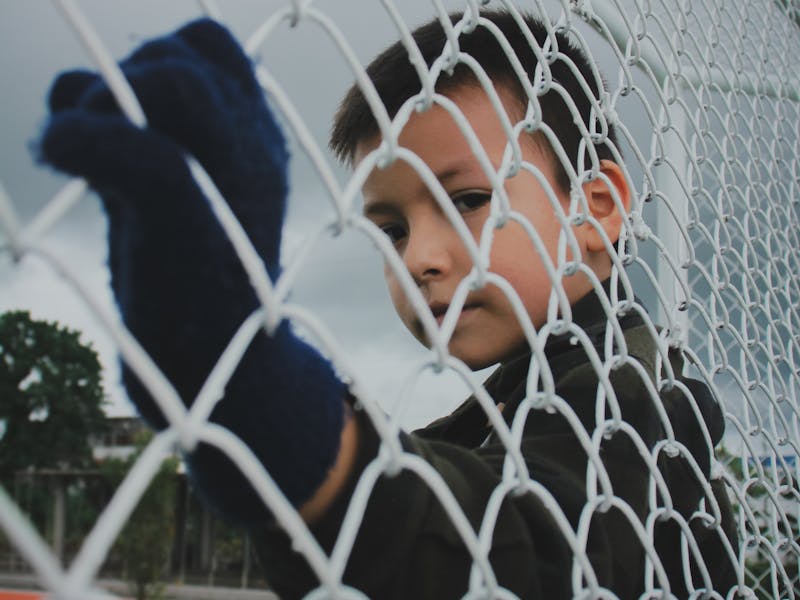How A NSW School’s Failure To Protect A Child From Abuse From An Older Student Once Again Highlights The Need For Child Safeguarding In Australia – RJ bht RPC v State of New South Wales
Trigger Warning: This article contains content that discusses the sexual abuse of a child. The descriptions of child sexual abuse may be distressing or triggering for some readers. Please proceed with caution and seek support if needed.
The matter we are looking at it in this article once again highlights the urgency and importance of the 222 recommendations that came from the findings of the Disability Royal Commission, to reduce the incidences of abuse, violence and neglect that are frequently experienced by Australians who are living with a disability. You can read the final report here, which was released in September 2023.
It highlights the absolute responsibility of organisations working with vulnerable people to maintain their duty of care in protecting those in their care, and ensuring that there are appropriate systems in place to mitigate risk of harm to children and vulnerable people in their care.
On 22 April 2024, in the case of RJ bht RPC v State of NSW [2024] NSWDC 128, the District Court of New South Wales (Court) found that a School had failed in their duty of care to the Plaintiff. The Plaintiff was a 13-year-old student at the School, when a 17-year-old student (Z) sexually assaulted him.
Background
The Court heard that prior to the sexual assault, the Plaintiff, who had a mild but obvious intellectual disability, had been spending time in the schoolyard and walking home from school with older students. At this time, the School encouraged the Plaintiff to spend time with his own age group. Concerns were then raised that the Plaintiff and Z were exchanging messages and Z had requested the Plaintiff meet him in the toilets to engage in oral sex. The School responded to these concerns by speaking to all students about exchanging sexualised text messages and made the students watch a video on sexual harassment.
On 23 September 2019, the Plaintiff obtained permission to leave class to use the toilet, but as another student was using the toilet, the Plaintiff required a key to access another toilet. The Court heard that Z was loitering in the halls and saw the Plaintiff, he obtained a key, unlocked the toilet, entered with the Plaintiff, and anally penetrated him. The Plaintiff disclosed the incident to another student when they were walking home from school, the School was notified and the Police were contacted.

A Failure To Protect A Vulnerable Student & Provide Duty of Care – Even When A Clear History Of Abuse & Grooming Were Evident
The Court heard that the School were aware that Z had a history of grooming and harassment towards younger and vulnerable male students, and was known to leave the classroom and get into fights after school. The School were also aware prior to the sexual assault that Z had a ‘clear intention … to pursue his sexual interests in a manner involving predatory behaviour’, which included trying to meet with children as young as seven years old at the shopping centre. The Court found the School was aware of Z’s interest in the Plaintiff and had a duty of care to protect the Plaintiff from known harm.
The Court found that prior to the sexual assault, the School did not put any measures in place to directly protect the Plaintiff from Z, in circumstances where the School was aware Z was targeting the Plaintiff. The School did not contact Z’s parents, have conversations with other staff, consult regarding Z’s sexualised behaviours, conduct policy reviews regarding Z’s conduct, nor review the use of the toilets and implement any safety measures.
When reflecting on its duty of care following the sexual assault, the School stated that they considered suspending Z for his conduct. Whilst this may have been a very temporary ‘disciplinary’ action for Z, and may have potentially provided the Plaintiff with a short space of physical safety, it did not in any way come close to addressing the core issues. Given that text messaging and meeting in spaces outside of the school were also known behaviours of Z, removing Z from the school grounds for a limited period of time with no other follow-up would not have sufficiently protected the Plaintiff, nor the other children he had a history of approaching, with an intent to abuse them.
The Court found that the School failed in its duty of care by failing to take reasonable steps to protect the Plaintiff from harm, failing to ensure Z was supervised, failing to ensure Z was not given the keys to access the toilets without the supervision of a teacher, allowing Z to enter the toilet block with the Plaintiff, failing to have processes in place to ensure Z was unable to take advantage of younger students, and failing to adequately supervise Z when he had a known history of sexualised and grooming behaviours towards younger students.
Indicators of Harm: The Onset Of Sexualised Behaviour As Grooming Occurred
The Court heard that there were observable behavioural changes in the Plaintiff prior to the sexual assault occurring and that the first changes were noticed when Z commenced engaging in grooming behaviour. Initial behavioural concerns included the Plaintiff making comments about sex and sending inappropriate messages and photos. The Court stated, ‘the damage flowing from sexual assault does not necessarily start from the date of the assault; the grooming process may itself be productive of harm, especially if intimidation is involved’. This is widely known with children who are the victims of psychological, emotional and physical grooming, and these signs in themself should have been a large red flag that he required support and protection.
Following the sexual assault, the Plaintiff became involved in other sexual encounters with students, and this resulted in the Plaintiff being suspended and eventually changing schools. Other behavioural changes that were observed included anger, dysphoria, disgust, general distrust in others, erratic behaviour, theft, difficulties enjoying himself, not feeling comfortable with certain adults, emotional distress, behavioural problems, anxiety, nightmares and disturbed sleep, negative thinking, irritability, fear about being alone in some situations, social isolation, some impairment of social functioning, and difficulty concentrating. The Plaintiff also experienced a decline in academic achievements and did not complete his High School Certificate or music exams.
The impact of this sexual assault on the Plaintiff by another older student at the School was devastating. Earlier intervention could have not only prevented a negative domino effect across the Plaintiff’s world, but also would have likely avoided other children being affected by his early sexualised behaviour. It also stands to reason that if Z had received earlier support and intervention (whether at this school or any other previous educational or support services), that the Plaintiff may not have been subject to his actions in the first place.

Sexualised Behaviours In Children – Recognising The Need For Support, Early Intervention & Protection
At Safe Space Legal, we are often contacted by Schools and other organisations to provide advice on how to protect children from sexualised behaviours of other children and young people. The Royal Commission into Institutional Responses to Child Sexual Abuse (https://www.childabuseroyalcommission.gov.au/final-report) found that 14.1% of survivors who gave evidence in the Royal Commission were abused by another child.
Anecdotally we are aware that sexualised behaviours are prevalent across all age groups and services that involve children and young people. It is therefore important for organisations to understand what sexualised behaviours are, when sexualised behaviours are of concern- recognising and promptly addressing indicators of harm.
What Are Sexualised Behaviours In Children? What Is Age Appropriate, And What Isn’t?
As all children develop, they are likely to exhibit some types of sexualised behaviours from time to time. This is completely normal and a natural part of growing up. Engaging in some sexualised behaviour is a healthy part of childhood development and is considered normal and formative for a child’s development as they engage in age-appropriate exploration of themselves and the world. However, in other cases, sexualised behaviour can be concerning and place children at risk of harm.
Age-appropriate sexualised behaviours in children can include touching themselves, being interested in other children’s anatomy, talking about their bodies, enjoying being naked, telling rude jokes, discussing sex and reproduction, kissing and flirting, and mimicking other age-appropriate behaviour. Age-appropriate sexualised behaviour in adolescents can include masturbation, intimacy with other adolescents, engaging in age-appropriate sexual discussions, and having intercourse.
Sexualised behaviours are considered problematic and harmful if they involve sexualised conduct which is persistent and chronic and can include conduct such as forcing other children to engage in sexual activities, engaging in sexual activities that are not age-appropriate, having advanced sexual knowledge, having an interest in pornography, excessive masturbation, penetrating themselves or others with objects, and peeping.
Problematic sexualised behaviours may be an indicator of harm due to witnessing or being the victim of sexualised trauma and other harmful events, exposure to family violence, exposure to sexual abuse, and lack of appropriate caregiver supervision. Children living with disability can also display sexualised behaviours which are considered problematic due to their understanding of age-appropriate public and private behaviours being impacted, which is why attention, care and education are key.
Organisations have a duty of care to mitigate the risk of children and young people engaging in sexualised behaviours, from engaging in harm against themselves or other children and young people. Showing early signs of sexual maturity and awareness is not in itself a risk, and can even be attributed to growing up in an environment where sex is not seen as a taboo, but a healthy part of life. It’s looking at the bigger picture and observing whether these behaviours are caused by harm to the child, or causing harm to others.
A Final Note On RJ bht RPC v State of New South Wales
This matter is yet another example of how vital it is for organisations to provide a supportive environment that safeguards children’s needs. It is saddening to understand how many cases like this (many of which never make it to the courtroom or media) could have been prevented or greatly minimised if someone had acted early and intervened before a child’s life was deeply affected.
If you are reading this and work with an organisation responsible for the care and protection of young people or vulnerable individuals, we urge you to take steps to become a safe space for those whom you have a duty of care to. We believe this goes beyond legal compliance and preventing negative media exposure and serious legal consequences – it’s the right thing to do when you have the privilege and responsibility of taking care of the most vulnerable in our society.

How Can Safe Space Legal Help Your Organisation?
Our team is truly passionate about the work we do and has extensive experience working with organisations across Australia. We help ensure organisations meet their legal duty of care obligations when working with children and young people and are proactively preventing serious incidents like the one above.
We offer a large range of services for organisations working with children and people living with a disability, including:
- Drafting child safety policies, procedures, codes of conduct and complaints-handling processes that are compliant with legislative requirements;
- Providing tailored child safety training on legal obligations, duty of care, reportable conduct schemes and child safety;
- Conducting child safety and safeguarding investigations which are compliant with relevant state and territory Schemes;
- Providing expert legal advice on safeguarding and child safety matters;
- Conducting audits to recognise practice and policy gaps and improve organisational safeguarding; and
- Root cause analysis of child safety incidents to improve organisational safeguarding and compliance with legislative obligations.
Contact [email protected] or call (03) 9124 7321 to organise a complementary discussion in relation to your organisation’s child safety and safeguarding needs.

